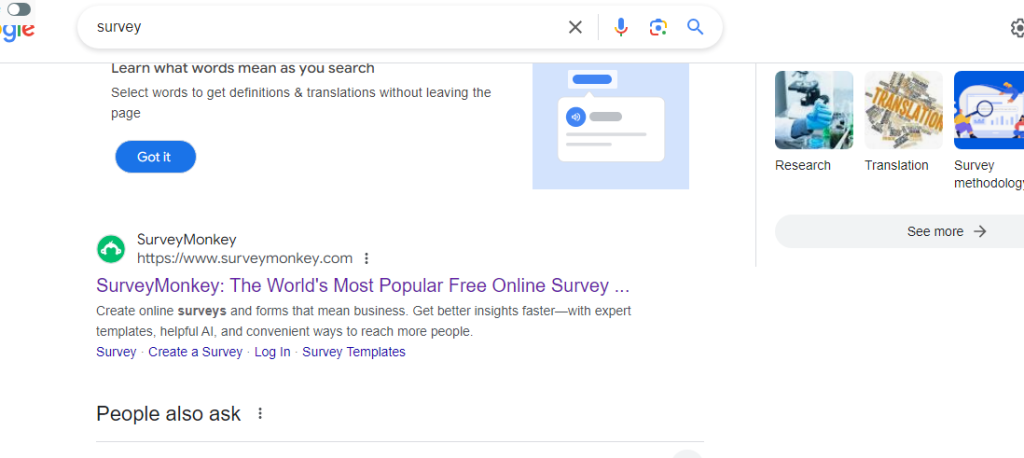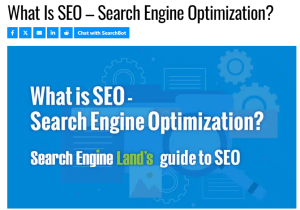14 professional ways to Generate Leads for B2B Sales with confident
In the competitive world of B2B lead generation sales, generating quality leads can feel like an uphill battle. Every B2B professional, sales manager, and marketing executive knows thatB2B lead generatio0n sales pipelines dry up without a consistent influx of leads, causing businesses to falter. But fear not—this blog guides you through the lead generation process, ensuring your sales team has a steady flow of potential clients.
In this comprehensive guide, we’ll explore the crucial steps to effectively generate leads for B2B sales. We’ll cover everything from identifying your target audience to leveraging social media, content marketing, and advanced technology. By the end of this post, you’ll have a toolbox of strategies to keep your lead pipeline brimming.
1 Comprehending Your Target Audience
To collect high-quality lead generation , you must first understand your ideal customer. Start by creating detailed buyer personas that include demographic information, job roles, pain points, and preferences. Refine these personas using data from your existing customer base.

Market research tools like surveys and focus groups can also provide invaluable insights. Knowing your audience inside out allows you to tailor your outreach strategy, making it more effective and personalized.
2 Leveraging Social Media Platforms
Social media isn’t just for B2C companies. B2B professionals can use platforms like LinkedIn, Twitter, and even Facebook to connect with potential leads. LinkedIn, in particular, is a goldmine for B2B lead generation sales, offering tools to target specific industries, job titles, and companies.
To build your brand’s authority, regularly share valuable content, engage with industry groups, and participate in discussions. Social media advertising can also be a powerful tool for reaching a broader audience and driving traffic to your landing pages.
3 Composing Compelling Content
Content marketing is one of the most effective ways to attract and nurture leads. Create high-quality, informative content that addresses your target audience’s pain points and challenges. This could include blog posts, whitepapers, case studies, and webinars.
SEO-optimized content helps you rank higher in search engine results and establishes your brand as a thought leader in your industry. Always include strong calls to action (CTAs) to guide readers toward the next step, such as downloading a resource or scheduling a demo.
4 Utilizing Email Marketing
Email trade remains a potent tool for B2B lead generation. Build an email list by offering valuable resources, such as eBooks or industry reports, in exchange for contact information. Segment your list based on factors like industry, job role, and previous interactions to deliver personalized content.
To keep your audience engaged, mix educational content, company news, and promotional offers. Automation tools can help you nurture leads through targeted emails, gradually moving them down the sales funnel.
5 Optimizing Your Website
Your website is often the first point of contact for potential leads, so it needs to make a great impression. Ensure your site is user-friendly, mobile-optimized, and fast-loading. Clear, compelling CTAs should guide visitors toward taking desired actions, such as filling out a contact form or requesting a demo.
Landing pages play a crucial role in lead generation. Each page should target a specific campaign or audience segment, with focused messaging and minimal distractions. A/B testing elements like headlines and CTA buttons can help you identify what works best.
6 Harnessing the Power of SEO
Search engine optimization (SEO) is essential for driving organic traffic to your website. Conduct keyword research to identify terms your target audience is searching for, then incorporate these keywords naturally into your content.

On-page SEO involves optimizing title tags, meta descriptions, and internal links. Off-page SEO, such as building high-quality backlinks and maintaining a solid social media presence, also contributes to higher search engine rankings.
7 Leveraging Paid Advertising
While organic strategies are vital, paid advertising can boost your lead-generation efforts immediately. Platforms like Google Ads and LinkedIn Ads allow you to target specific audiences precisely and collect more B2B lead generation

Experiment with different ad formats, such as search ads, display ads, and sponsored content, to see what resonates best with your audience. Track and analyze your campaign performance to optimize ad spend and improve ROI.
Building Strategic Partnerships
Partnerships with complementary businesses can open up new B2B lead generation opportunities. Identify companies that share your target audience but aren’t direct competitors, then explore co-marketing initiatives like joint webinars, co-branded content, or referral programs.
These partnerships can expand your reach and add credibility to your brand. Collaborating with industry influencers or thought leaders can amplify your message and attract high-quality leads.
Hosting and Attending Events
Whether virtual or in-person, industry events offer excellent lead-generation opportunities. Hosting webinars, workshops, or conferences positions your brand as an industry leader and provides a platform to showcase your expertise.
Attending trade shows, networking events, and industry conferences lets you connect with potential leads face-to-face. Collect contact information and follow up promptly to nurture these new connections.
Utilizing Advanced Technology
Advanced technologies like artificial intelligence (AI) and machine learning can revolutionize your lead generation efforts. AI-powered tools can analyze vast amounts of data to identify patterns and predict which leads will most likely convert.
Chatbots on your website can engage visitors in real time, answer their questions, and capture contact information. Predictive analytics can help you prioritize leads based on their conversion likelihood, allowing your sales team to focus on high-potential opportunities.
Measuring and Analyzing Results
Effective lead generation requires continuous measurement and analysis. Use analytics tools to track key metrics, such as website traffic, conversion rates, and lead quality. Regularly review your campaigns to identify what’s working and what’s not.
Adjust your strategies based on data-driven insights to improve performance over time. A/B testing different elements of your campaigns can help you refine your approach and maximize your results.
Ensuring Alignment Between Sales and Marketing
Alignment between your sales and marketing teams is crucial for successful lead generation. Both teams should clearly understand your target audience, value proposition, and lead qualification criteria.
Regular communication and collaboration ensure that marketing efforts generate high-quality leads and that sales follow up promptly and effectively. Implementing a closed-loop reporting system allows both teams to share insights and continuously improve their processes.
Nurturing Leads Through the Sales Funnel
Lead nurturing involves building relationships with potential leads at every sales funnel stage. A mix of content, email marketing, and personalized outreach can keep leads engaged and guide them toward a purchase decision.
Segment your leads based on their behavior and interactions with your brand, then deliver tailored content that addresses their specific needs and pain points. Regularly review and adjust your nurturing strategies to ensure they remain effective.
Cultivating a Culture of Continuous Improvement
Finally, cultivating a culture of continuous improvement within your organization is critical to long-term success. Encourage your team to stay updated on industry trends and best practices and foster a mindset of experimentation and innovation.
Review your lead generation efforts regularly, celebrate successes, and learn from failures. By continuously refining your strategies and processes, you’ll be better positioned to generate high-quality leads and achieve your business goals.
Conclusion
Generating leads for B2B sales doesn’t have to be a daunting task. By understanding your target audience, leveraging social media and content marketing, optimizing your website, and utilizing advanced technologies, you can create a robust lead generation strategy that drives results.
